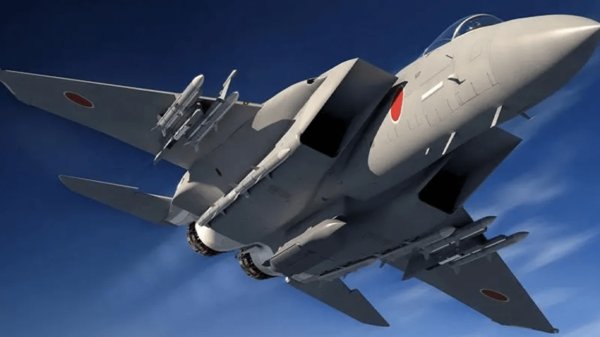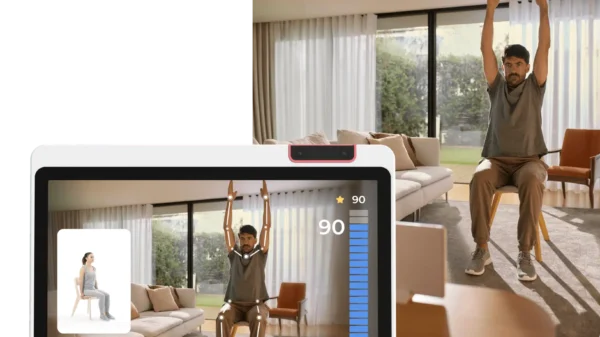Introduction
When it comes to running a successful business, maximizing profits is always a top priority. One of the most effective ways to achieve this is by implementing cutting-edge cost accounting techniques. By closely monitoring and managing your costs, you can identify areas of inefficiency and make informed decisions to optimize your business operations. In this article, we will explore some of the latest cost accounting techniques that can help you maximize your profits.
1. Activity-Based Costing (ABC)
Activity-Based Costing (ABC) is a cost accounting technique that assigns costs to specific activities rather than traditional cost centers. By breaking down costs based on activities, you can gain a clearer understanding of how different processes and tasks contribute to overall costs. This enables you to identify activities that are driving up costs unnecessarily and take appropriate actions to reduce or eliminate them. ABC can help you allocate resources more efficiently and make better-informed decisions about pricing and product profitability.
2. Lean Accounting
Lean Accounting is a cost accounting approach that aligns with the principles of lean manufacturing and continuous improvement. It focuses on eliminating waste, reducing non-value-added activities, and streamlining processes to increase efficiency and reduce costs. By adopting lean accounting practices, you can identify and eliminate activities that do not add value to your customers or your business. This can lead to significant cost savings and improved profitability.
3. Target Costing
Target Costing is a proactive cost management technique that involves setting a target cost for a product or service and working backward to achieve it. Instead of determining the price based on costs, target costing starts with the desired selling price and subtracts the desired profit margin to arrive at the target cost. This approach encourages cross-functional collaboration and innovation to find ways to meet the target cost without compromising quality. By implementing target costing, you can ensure that your products or services are priced competitively while still generating the desired profit.
4. Just-in-Time (JIT) Inventory Management
Just-in-Time (JIT) inventory management is a technique that aims to minimize inventory holding costs by receiving and producing goods just in time for customer demand. By reducing inventory levels, you can free up capital and reduce the costs associated with holding excess inventory, such as storage, obsolescence, and carrying costs. JIT inventory management helps you optimize your cash flow, reduce waste, and improve overall profitability.
5. Standard Costing
Standard costing is a widely used cost accounting technique that involves setting predetermined standard costs for materials, labor, and overheads. These standard costs act as benchmarks against which actual costs are compared. By analyzing the variances between standard and actual costs, you can identify areas of inefficiency and take corrective actions. Standard costing provides valuable insights into cost control, cost reduction, and overall performance evaluation.
Conclusion
Maximizing profits is a continuous effort that requires effective cost management. By implementing cutting-edge cost accounting techniques like Activity-Based Costing, Lean Accounting, Target Costing, Just-in-Time Inventory Management, and Standard Costing, you can gain better control over your costs and make informed decisions to optimize your business operations. These techniques enable you to identify areas of inefficiency, reduce waste, and improve overall profitability. Stay ahead of the competition by embracing these cost accounting techniques and watch your profits soar.




































